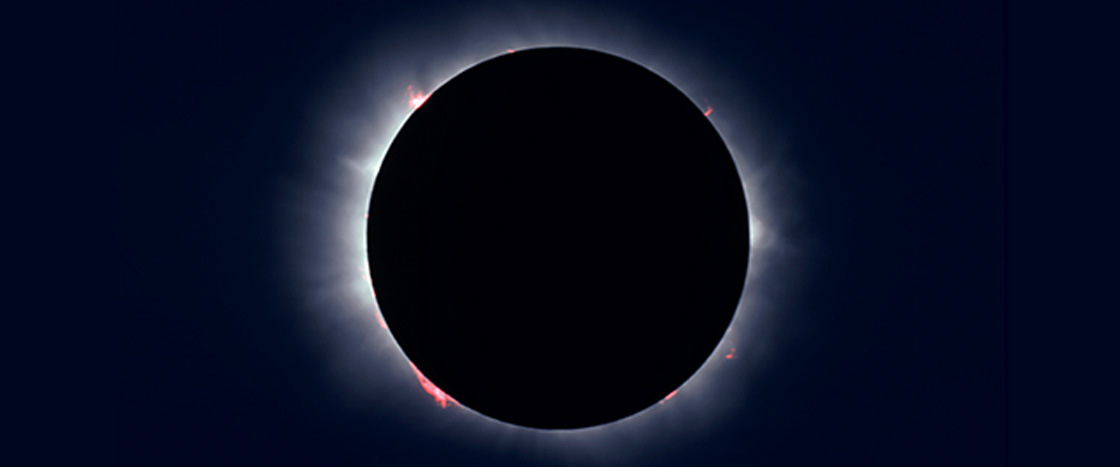On Monday, April 8, the sky will darken. Birds will stop singing. Bees will return to their hives. It will feel like nighttime during the day! What’s going on? In some parts of the U.S., people will experience a total solar eclipse. A solar eclipse happens when the moon passes directly between Earth and the sun. During a total solar eclipse, the moon completely blocks the view of the sun from certain places on Earth. This happens somewhere on Earth about every 18 months.
But for those in its path, a total solar eclipse is a special event. This type of eclipse happens in the same location only about once every 375 years! So this spring, millions of people are making eclipse-watching plans. Many will travel hundreds or thousands of miles to watch this amazing show in the sky.

